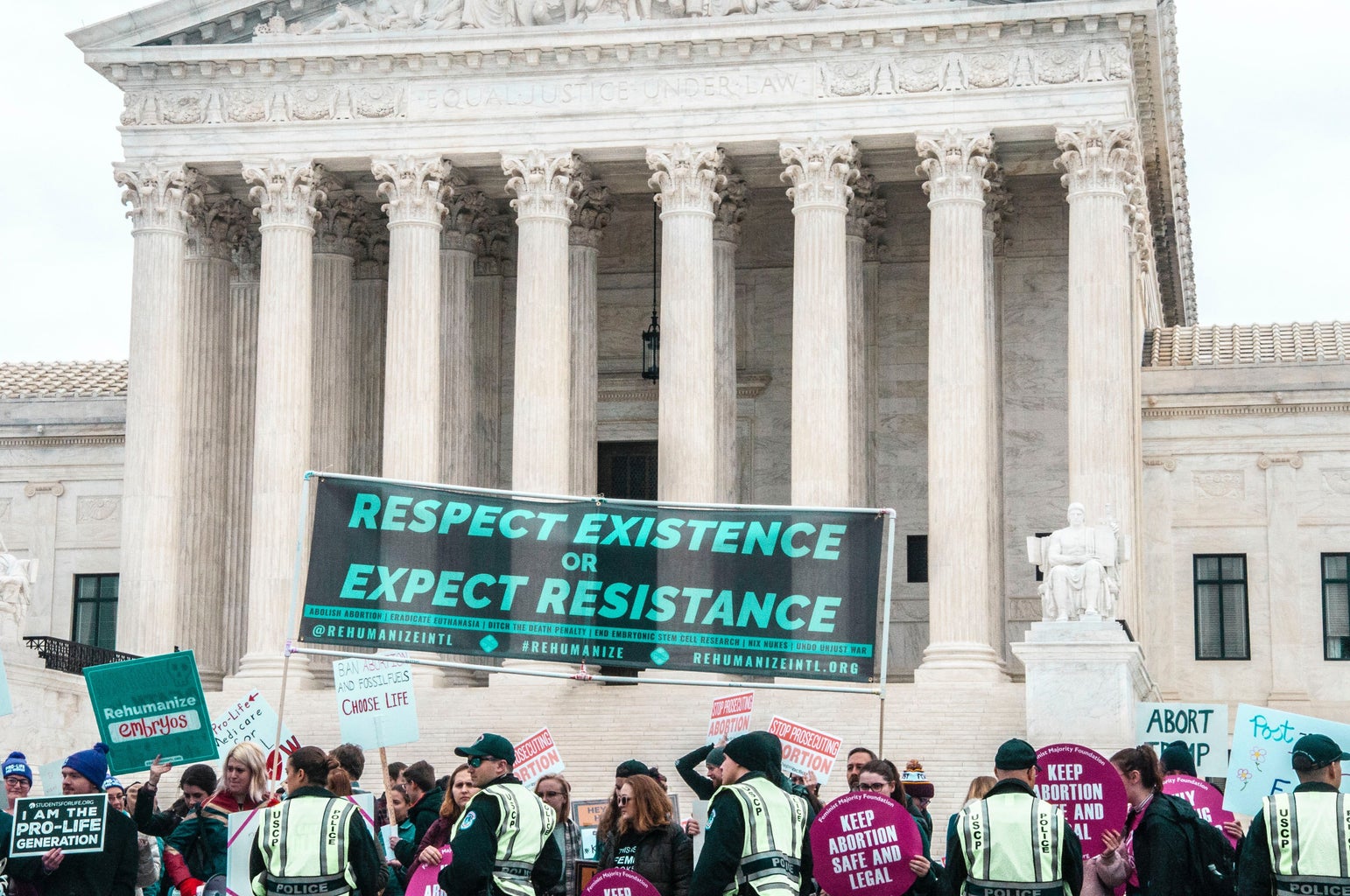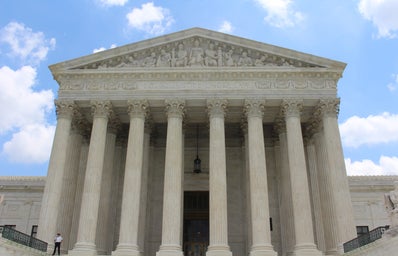With Amy Coney Barrett’s confirmation as a Justice on the United States Supreme Court on Oct. 27, many liberals have started talking about the option of court-packing. Put simply, court-packing is the practice of adding more justices to the Supreme Court, increasing the number from the standard nine. The implications, however, of court-packing are much more intricate, with consequences that can last for decades to come.
The idea of court-packing was first brought about by President Franklin D. Roosevelt in the late 1930s. President Roosevelt wanted to put age restrictions on Supreme Court Justices. To navigate this goal, Roosevelt attempted to add one justice for each sitting justice over 70-years-old in the Court. While he claimed this move was to make the court more efficient, Roosevelt wanted to add more justices to make the court tip in his favor to pass the New Deal. Similar to then, the court-packing conversation today is politically motivated from both sides.
The confirmation of a Justice during the same year as an election has been seen by many as anti-democratic and ignorant of the potential for a significant change in our political climate. Under Justice Barrett’s term, many rights such as abortion, LGBTQ+ rights and affordable healthcare could potentially be limited. This, coupled with the current 6-3 Republican majority with Justice Barrett leaning conservative, has reignited the topic of court-packing among Democrats, who see court packing as a way to tip the Republican majority in the justice department.

Originally, Democratic leaders such as Joe Biden were hesitant to support court-packing, claiming that the move was undemocratic. However, leaders such as Joe Biden, Chuck Schumer and Alexandria Ocasio-Cortez have all recently expressed their interest in looking further into court-packing, especially with the possibility of four more years of a Trump presidency. They cite that President Trump has now been able to appoint one-third of the justices on the Supreme Court. For a president who lost the popular vote and received only a slight majority of the Senate vote for these approvals, he has had a rather large influence on the justice department so far. Adding more justices is seen by many as a way to balance his power and create a more neutral court.
On the other hand, Republicans currently strongly oppose court-packing, claiming that this move would go against Constitutional principles. Although the number of Justices has gone up to 10 at one point in US history, they cite that the reason for this was to accommodate growth in the population and geographic area of the early United States.
Regardless of political affiliation, it is important to realize that court-packing is only a temporary solution to an unbalanced court. It is likely that after a Democratic or Republican term and the addition of that party’s Justices, the next political party will attempt to add more justices to tip the court in their balance. This could potentially lead to an endless loop of court-packing, increasing the number of Justices on the Supreme Court, until there are so many that the Court’s efficiency decreases.



